VIDT is fast becoming that token that everyone needs to have as it defies gravity and just keeps on inexorably climbing like Chainlink.
But how can you compare VIDT with Chainlink?
The Chainlink token, LINK, has recently reached an all-time high, Chainlink has multiple partnerships and it is one of the few crypto companies to actually be in profit!
VIDT has done the same!
V-ID became profitable in 2019, has huge partners on the scale of Airbus Defence and Space, IBM, and Amspec, and the VIDT token price has recently reached a high of around $0.73.
Where did V-ID come from?
V-ID is fairly unique in the crypto space being that it came from an already well-established software company based in the Netherlands and UK named Wididi. The V-ID core team came from this environment with around 15 years of working together in their field. They have a huge wealth of experience and many contacts within their industry.
A very low-key ICO took place back in September 2018 through to December 2018 and a relatively modest total of 3.2 million USD was raised. About 1.8 million of that has been spent thus far on a bespoke software license for the Wididi platform, a very substantial token buy-back from a VIDT whale, development, marketing, sales, overheads, and further periodic buy-backs.
What does V-ID do?
V-ID is fast becoming the leader for digital file protection and validation. Through its online terminal or API it will verify the veracity of any file, against any changes in that file, down to the slightest pixel indifference.
V-ID is concentrating on certifying and securing documentation like certificates, invoices, and diplomas, as well as certifying any form of data. In addition, it has also proved its technology for validating material objects such as works of art and antique watches for example.
How it works is that V-ID technology takes a fingerprint of every file to be protected and places it on the blockchain. Each VIDT transaction records all necessary details (hash of the file, timestamp, publishers wallet address, etc.) every time an organization timestamps a file. As previously stated, any modification of a file would mean that it would be highlighted as un-authentic when putting through the V-ID verification process.
In addition and in order to protect files beyond any doubt the V-ID technology enables files to be anchored across a variety of major blockchains, including Bitcoin, IBM Hyperledger, Fantom, LTO Network, Digibyte, Binance Chain and Waves. This choice of centralized, decentralized, and hybrid blockchains, or a combination thereof, provides a V-ID client with a precise fit for any particular type of business adoption.
Token Economics
The VIDT token is ERC-20 compliant and has a total supply of about 57M tokens, around 12M of which will never be in circulation.
Within the VIDT ecosystem there is a ‘utility loop’ which works in the following manner:
- Clients buy bundles of VIDT which come from a reserve pool of 12M tokens within the main VIDT wallet.
- Every time a transaction takes place to enable a validation, the spent transactions are transferred to the VIDT main validation wallet.
- 80% of the spent transactions are then returned back to the main wallet.
Importantly, and this is where more of the value is added for token holders, there are 2 further things that happen on a monthly basis:
- 20% of the tokens used for validations are burned.
- V-ID also buy back 10% of the tokens used. They do this on various exchanges and at random times and in random increments. These tokens are then also burned.
The token economics here are well thought out and are certainly acting as buoyancy on the token price. Up to now, more than 42,400,000 VIDT tokens have been burnt — but this does include 36M tokens that were unsold at ICO. Even taking that into account, 6M tokens or so being burnt over the last 18 months is almost 1/8 of the circulating supply. I don’t think I need to ask you to do the maths.
Case studies
- Amspec
This is a big player globally in the oil and gas sector. Amspec produces 50,000 reports a month for the vast majority of the biggest oil refineries across the world. These reports contain sensitive data critical to the industry and so their veracity is of the utmost importance.
V-ID protects and validates these reports through its VIDT smart contract and stamps them on the Digibyte, LTO Network, and Ethereum blockchains for added security.
Further moves into the oil and gas industry are certainly on the cards now that V-ID has this massive foothold.
- IBM and the Internet of Environments
IBM is looking to install sensors in and out of buildings across cities that will collect data on pollutants such as fine dust, humidity, and temperature levels, together with other environmental factors. The analysis of this data will lead to the identification of trends and patterns which can be exploited to improve energy usage and provide a more comfortable environment for citizens.V-ID has become a crucial part of the Internet of Environments project in that it will protect all this data by way of the V-ID Cloud, where it will be anchored on several blockchains in order to safeguard the integrity of the measurements so that the IBM Watson supercomputer can then go ahead and make the analysis without any outside parties being able to tamper with the data.
- Diamond verification
Certificates are forged relatively easily therefore one that verifies a particular diamond may not be verifying the real thing. The industry relies on these certificates which provide a grading report, the origin of the diamond, and any markings it might have.Given the great value that certain diamonds retain, jewellers, insurers, and buyers take great pains to ascertain that these are genuine. However, the present system is by no means foolproof and fraudulent activity still takes place far too often.
The Diamond Verification Association and Deltamas have got together with V-ID to come up with a foolproof process. Each diamond will be researched and certificated by a trusted third party. Microscopic images will be taken, unique to each individual diamond, and these will be added to each respective certificate.
V-ID will then anchor these certificates on the blockchain. Any certificate can be copied but it does not lose the verified status. Anyone wishing to check a certificate for authenticity would be able to do so in under 5 seconds by way of the V-ID verification terminal.
Other clients and partnerships
V-ID has a solid client base now and this will only grow in the future as the team exploits new use-cases and adds more clients. I believe that the team is now focusing on certification and use of the VIDT API in order to have less impact on team resources. However, data projects are moving along nicely and the fact that the VIDT data link is up and running and available on all the major cloud providers bodes well for more growth in this area in the future.
Focus over the summer has been on developing new projects such as the Afghan Government/Fantom collaboration, art verification with KuCoin, a new GDPR project with V-ID’s legal partner CMS, and a large industrial hardware manufacturer whose identity is still to be announced.
To add to this, V-ID has announced that the team has identified 50 new potential clients that would dovetail perfectly with V-ID integration. I’m sure quite a few of these will see the advantages and avail themselves of the V-ID solutions.
Conclusion
It’s very easy to make statements such as my opening sentences to this review. These statements could be full of hot air if they were not backed up by facts. I would recommend that any client or investor research into V-ID by way of the fully open and verifiable resources that V-ID provides on its website, such as the VIDT Usage Dashboard.
Prices can’t keep going up forever, and just like LINK, VIDT will have to have its retrace. However, just like LINK, VIDT has the tech, the revenue, the clients, the partnerships, the team, and everything else going in its favour that will lead to long-term and sustainable growth into the future.
LINK presently has a 6.5B market cap — VIDT is at 32M. These 2 companies are in very different niches within the Cryptoverse so outright comparisons cannot be made. However, it could be argued that the protection and validation of data can be just as valuable as a smart contract oracle. V-ID might well be expected to far exceed its valuation through the rest of this year and into 2021.


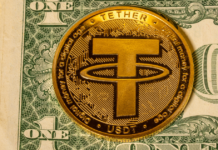

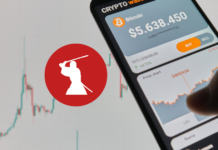



















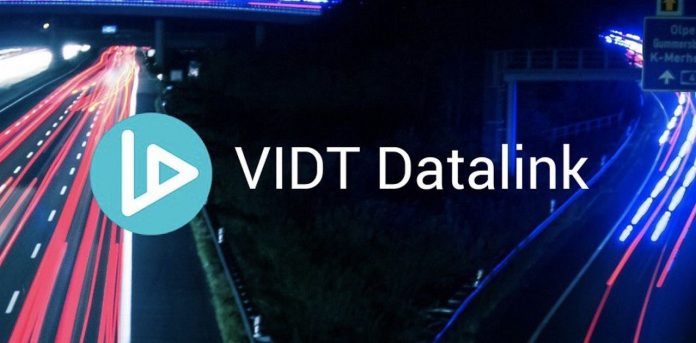
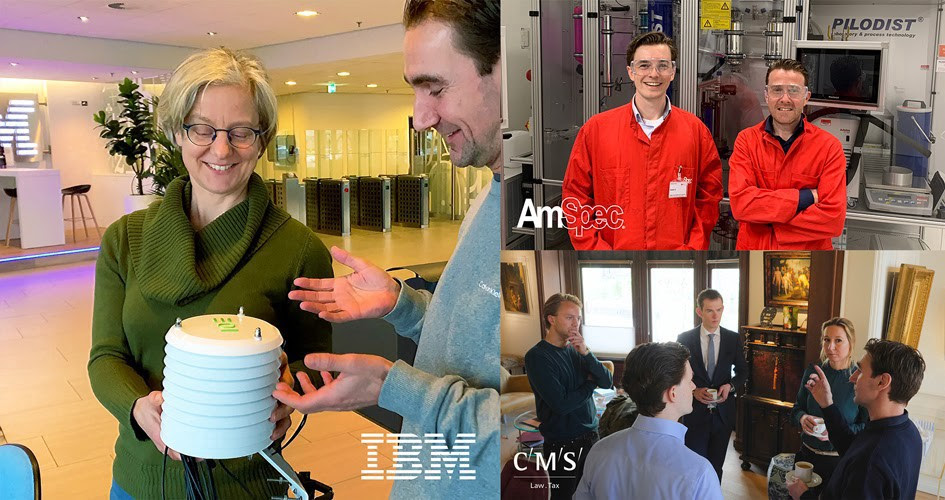
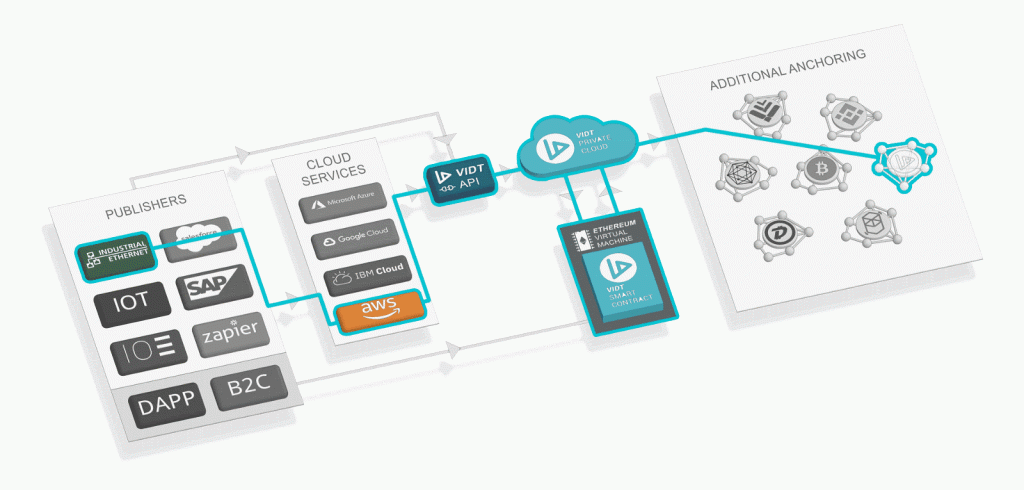

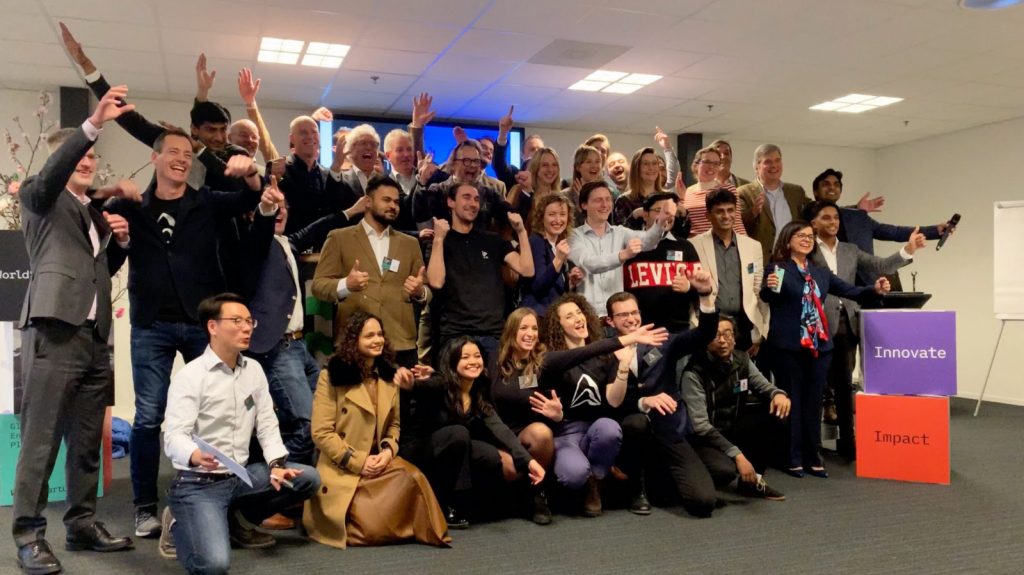



great article! i continue to learn more and more about this project each day. this is definitely a project that i will keep an eye on
well done vidt
Great article Laurie. I can’t wait for the video interview Altcoin Buzz did!
$VIDT is a real diamond and has so much untapped potential!
VIDT will not survive in the long-term. They are trying to grow a business around a service that should be free or near-free. Several competitors already do this. The reason for VID’s “success” thus far is because they have penetrated traditional markets with shiny new technology and an oversocialized marketing ploy. That “success” is limited to a handful of companies and the shiny new technology is merely an API. As soon as markets catch up, nobody will continue paying over 1 euro per file validation. The model simply does not work for their offering.
Prospects are even worse for holders of the token. VIDT does not represent a share in the company. Nor does it represent a stake in the network, because there is no network. VIDT is a centralized API. In contrast, Chainlink is a decentralized network. VID can exist without the VIDT token. Several other blockchains and directed acrylic graph networks already allow for the validation of files without the use of a token (zero value data transfer). These will become more prominent in the near future. The VIDT token was only created to raise capital for the VID company.